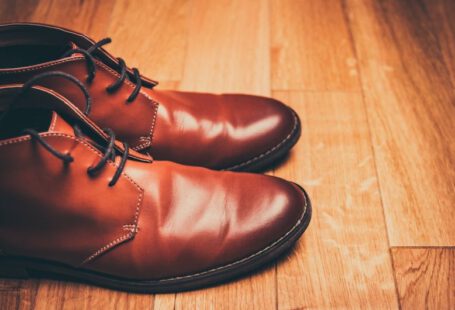In today’s world, where sustainability is becoming increasingly important, many individuals are seeking eco-friendly options in all aspects of their lives, including their footwear choices. The fashion industry, including the shoe sector, has been under scrutiny for its environmental impact. With this in mind, it’s essential for consumers to know how to identify whether a shoe is eco-friendly or not. Here are some key factors to consider when determining if a shoe aligns with your sustainable values.
Materials Matter
When evaluating the eco-friendliness of a shoe, one of the most critical factors to consider is the materials used in its production. Traditional shoe materials such as leather, rubber, and synthetic fabrics can have a significant environmental impact due to the resources and chemicals involved in their production. Opting for shoes made from sustainable materials such as organic cotton, recycled polyester, cork, or natural rubber can help reduce the environmental footprint of your footwear.
Look for certifications
One way to ensure that a shoe is eco-friendly is to look for certifications from recognized organizations. Certifications such as the Global Organic Textile Standard (GOTS), Bluesign, or the Leather Working Group indicate that the shoe has met specific environmental and social standards throughout its production process. These certifications provide consumers with confidence that the shoe they are purchasing has been made with sustainability in mind.
Consider the production process
In addition to the materials used, the production process of a shoe can also impact its eco-friendliness. Factors to consider include the energy efficiency of the manufacturing facilities, the use of water and chemicals, and the treatment of workers. Choosing shoes from brands that prioritize sustainable production practices, such as using renewable energy sources or implementing water-saving techniques, can help reduce the overall environmental impact of your footwear.
Durability and longevity
Another key aspect to consider when determining the eco-friendliness of a shoe is its durability and longevity. Investing in high-quality shoes that are built to last not only reduces the need for frequent replacements but also minimizes the amount of waste generated. Look for shoes with features such as reinforced soles, sturdy stitching, and repairable components that can help extend their lifespan.
End-of-life considerations
When a shoe reaches the end of its wearable life, its environmental impact doesn’t stop there. Consider what will happen to the shoe once you no longer use it. Look for brands that offer recycling or take-back programs for old shoes, allowing them to be repurposed or properly disposed of. Choosing shoes that are biodegradable or made from recyclable materials can also help minimize their impact on the environment once they have served their purpose.
Embrace second-hand and upcycled options
If you’re looking to reduce your environmental impact even further, consider exploring second-hand or upcycled shoe options. Purchasing pre-loved shoes or supporting brands that upcycle materials can help extend the lifecycle of shoes and reduce the demand for new production. Not only can this be a more sustainable choice, but it can also add a unique and fashionable touch to your wardrobe.
Making Informed Choices
As consumers become more conscious of the environmental impact of their purchasing decisions, the demand for eco-friendly footwear is on the rise. By considering factors such as materials, certifications, production processes, durability, end-of-life considerations, and second-hand options, you can make informed choices when selecting eco-friendly shoes that align with your values. Remember, every step towards sustainability, no matter how small, contributes to a greener future for all.





